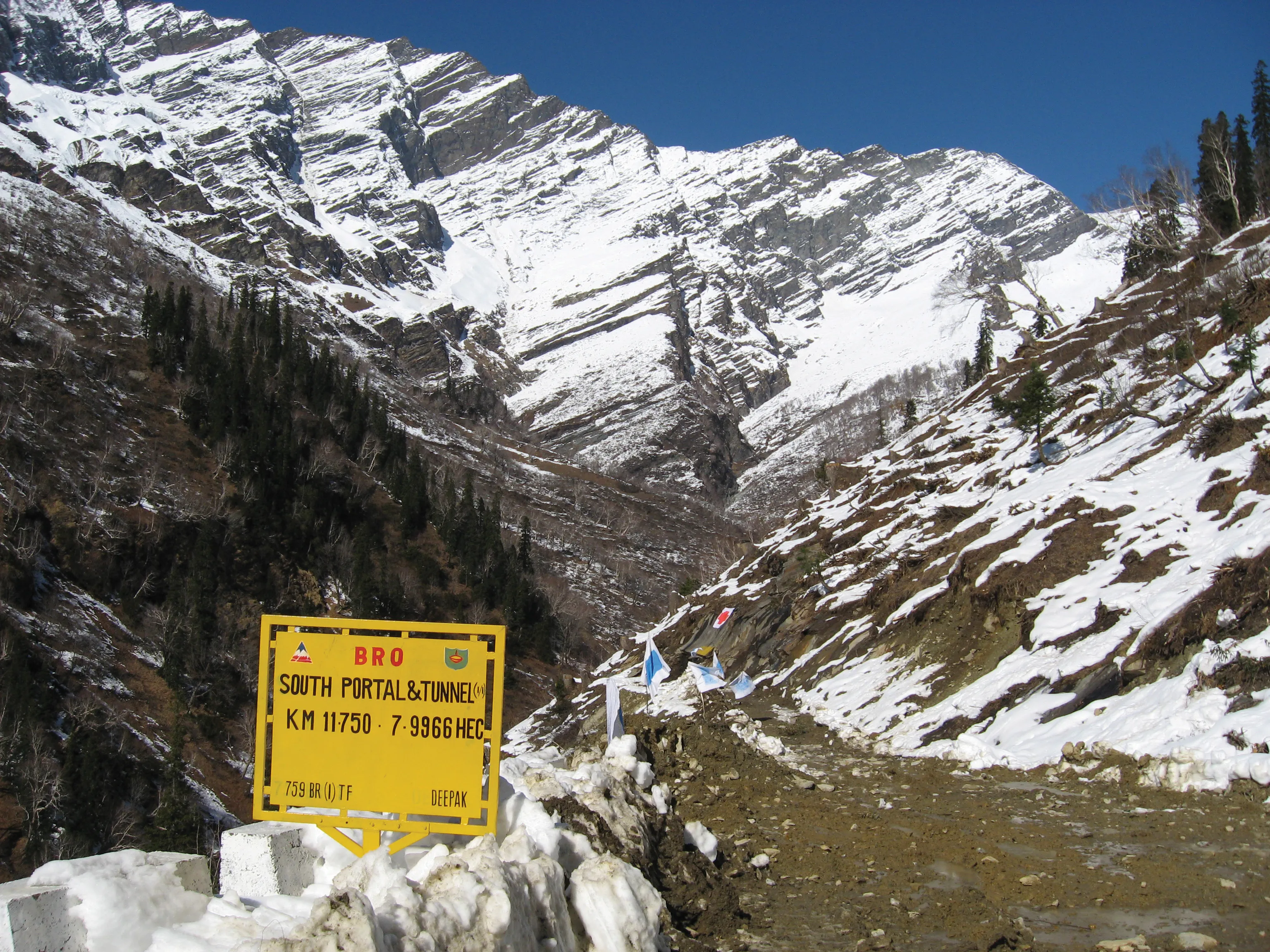According to a new report from Pike Research, ITS will see increased investment in coming years even as government budgets are tightening, because smart transport is seen as a way to maximise existing transportation systems without making major new capital investments.
April 25, 2012
Read time: 2 mins
RSSAccording to a new report from 4077 Pike Research, 3278 ITS will see increased investment in coming years even as government budgets are tightening, because smart transport is seen as a way to maximise existing transportation systems without making major new capital investments. The company forecasts that global investment in smart transportation systems will total US$13.1 billion between 2011 and 2017.
“Most of this investment will be in intelligent traffic management systems, as this is the sector with the broadest range of potential applications,” says senior analyst Lisa Jerram. “It is also the sector that is applicable for all cities, and cities in the developed world are starting to deploy technology for traffic management, monitoring, and demand management. Cities in emerging markets will incorporate ITS as they build out their transportation infrastructure.”
Strong political leadership is required for the creation of comprehensive, multimodal transportation management systems, and more sophisticated forms of ITS – such as vehicle-to-vehicle (V2V) safety technology and smart electric vehicle chargers that enable charging to be scheduled based on the time of day, grid conditions, or the cost of electricity – are likely to be deployed incrementally toward the end of the forecast period.
Pike Research’s report, Smart Transportation Systems, focuses on four key smart transportation sectors: traffic management systems, smart charging for plug-in electric vehicles, public transportation systems, and vehicle-to-vehicle systems.
“Most of this investment will be in intelligent traffic management systems, as this is the sector with the broadest range of potential applications,” says senior analyst Lisa Jerram. “It is also the sector that is applicable for all cities, and cities in the developed world are starting to deploy technology for traffic management, monitoring, and demand management. Cities in emerging markets will incorporate ITS as they build out their transportation infrastructure.”
Strong political leadership is required for the creation of comprehensive, multimodal transportation management systems, and more sophisticated forms of ITS – such as vehicle-to-vehicle (V2V) safety technology and smart electric vehicle chargers that enable charging to be scheduled based on the time of day, grid conditions, or the cost of electricity – are likely to be deployed incrementally toward the end of the forecast period.
Pike Research’s report, Smart Transportation Systems, focuses on four key smart transportation sectors: traffic management systems, smart charging for plug-in electric vehicles, public transportation systems, and vehicle-to-vehicle systems.









